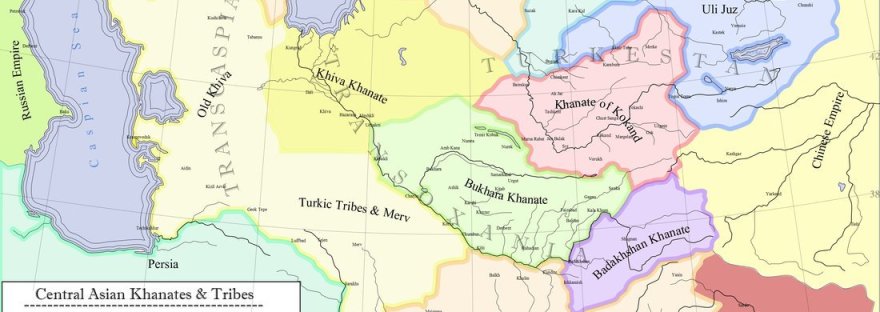Mongol Empire (1206–1240s CE) Genghis Khan united the Mongol tribes of the steppes and became Great Khan in 1206. Genghis Khan and his successors expanded the Mongol empire across Asia. Under the reign of Genghis' third son, Ögedei Khan, the Mongols destroyed the weakened Jin dynasty in 1234, conquering most of northern China.[ Ögedei offered… Continue reading Mongol Empire and Division
Category: China
Turkic (Göktürks) Khaganate (552 CE –744 CE)
n medieval Inner Asia. Under the leadership of Bumin Qaghan (d. 552) and his sons, the Ashina succeeded the Rouran Khaganate as the hegemonic power of the Mongolian Plateau and rapidly expanded their territories in Central Asia. Initially the Khaganate would use Sogdian (See my post about these interesting traders) in official and numismatic functions. It was the first Turkic state to use the name Türk politically and is known for the first written record of any Turkic language in history. The first Turkic Khaganate collapsed in 581, after which followed a series of conflicts and civil wars which separated the polity into the Eastern Turkic Khaganate and Western Turkic Khaganate.
Muslim Conquests of Central Asia
Muslim rule over Transoxania was consolidated a decade later when a Chinese-led army was defeated at the Battle of Talas in 751
Khanate of Kokand
The Khanate of Kokand (sometimes spelled Khoqand) was a Central Asian state in Fergana Valley that existed from 1709–1876 within the territory of modern Kyrgyzstan, eastern Uzbekistan and Tajikistan, and southeastern Kazakhstan. Kokand is located in eastern Uzbekistan, at the southwestern edge of the Fergana Valley. It is the main transportation junction in the Fergana Valley and has a population of about 200,000 . The city lies… Continue reading Khanate of Kokand
Russian Conquest of Central Asia
The Russian Conquest of Central Asia took place in the second half of the nineteenth century. The land that became Russian Turkestan and later Soviet Central Asia is now divided between Kazakhstan in the north, Uzbekistan across the center, Kyrgyzstan in the east, Tajikistan in the southeast and Turkmenistan in the southwest. The area was called Turkestan because most of its inhabitants spoke Turkic languages with the exception of Tajikistan, which speaks an Iranian language.





